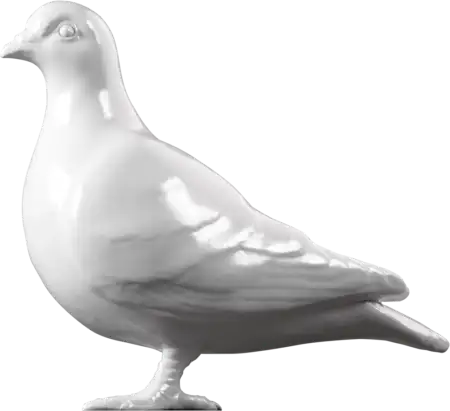Fashion — 1601-1630
Cap, night cap
A man's linen cap, said to have been worn by Charles I, although the cutwork or needle-lace trim was going out of fashion by the 1620s. Cap linings like this were worn underneath the informal round embroidered nightcaps used at home, and the lace turned up to form a decorative edge. Linen was easily washed and helped to keep the embroidered pieces clean by acting as a lining. The splits along the lower edge near the lace are consistent with haveing being folded back regularly.
The history associated with the cap says that Charles I wore it at the wedding of George Kirke and Mary Townshend in Oxford on 26 February 1646. George Kirke served Charles I as a Groom to the Royal Bedchamber, and had doen so before the king's accession in 1625. In 1631 he was appointed Gentleman of the Robes, responsible for purchasing fabrics, furs, and jewels of the finest quality to dress the monarch. George also provided the fantastic costumes worn in court masques. His first wife, Anne Killigrew, was a noted beauty and Charles may have promote the match between them. The king attended their wedding in 1627 and made the favoured couple handsome gifts of lands and property.
Anne Kirke drowned under London Bridge in 1641 after an incident involving the Queen's barge. The widowed George married again with another beauty, Mary Townshend (1623?25?-1702), on February 26 1645/46 in Christ Church Cathedral, Oxford. Charles evidently approved the second match also as he gave away the bride at the ceremony. George Kirke died in May 1675.
The thimble-shaped cap is cut from a straight piece of linen, seamed down the side and tightly gathered along the top edge. The gathers are caught down and buttonholed leaving a small central hole. The lower edge is worked with a 25mm border of cutwork (needle lace) decorated with outer points of freely-worked needle lace. The little floral sprigs and the rather spaced buttonhole stitches are typical of English lace. At some stage the linen split along the line of the fold and a tuck has been made to re-attach the cutwork portion.
- Category:
- Fashion
- Object ID:
- 35.147/3
- Object name:
- cap, night cap
- Artist/Maker:
- —
- Related people:
- Related events:
- Related places:
- Production date:
- 1601-1630
- Material:
linen
- Measurements/duration:
- H 250 mm, DM 180 mm (overall)
- Part of:
- —
- On display:
- —
- Record quality:
- 100%
- Part of this object:
- —
- Owner Status & Credit:
Long-term loan
Mrs Meg Colbourne
- Copyright holder:
Colbourn, Meg
- Image credit:
Image courtesy of Mrs Meg Colbourne
- Creative commons usage:
- —
- License this image:
To license this image for commercial use, please contact the London Museum Picture Library.

